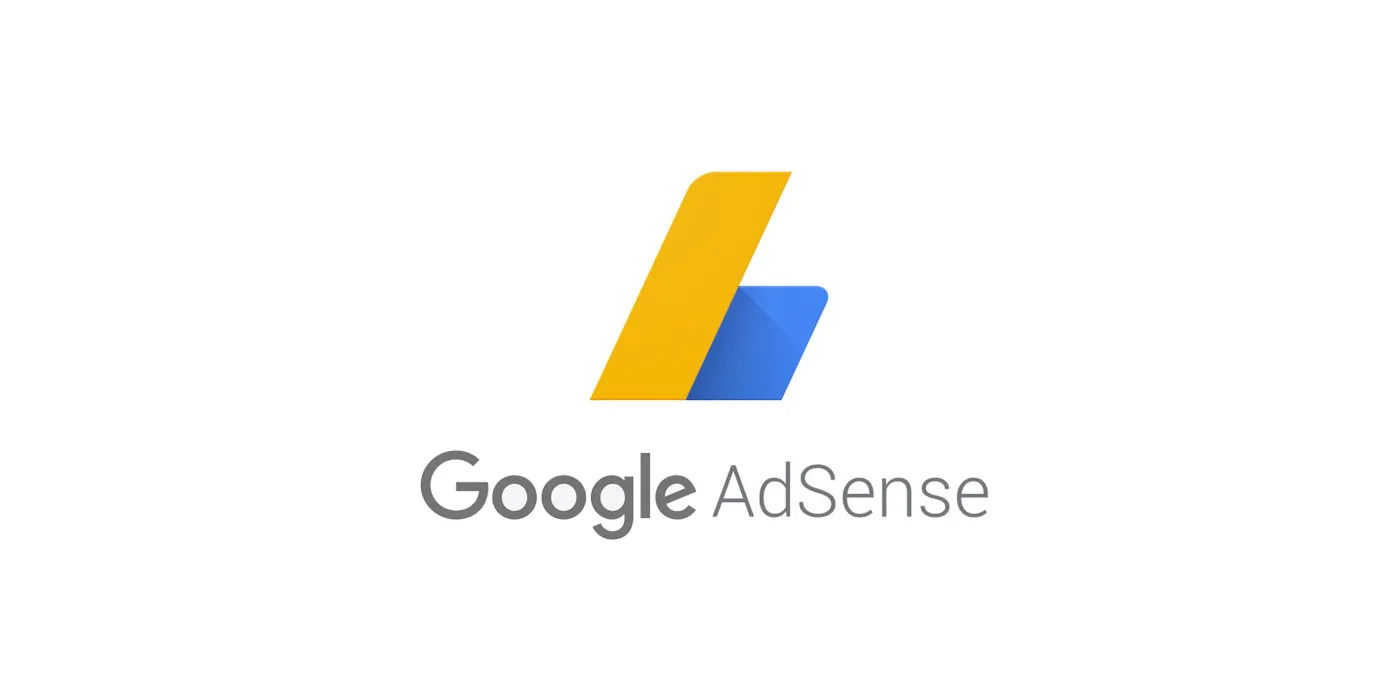Pay-Per-Click advertising, commonly referred to as PPC, has become an indispensable tool in the digital marketing arsenal. Businesses of all sizes harness its power to reach their target audience effectively. In this comprehensive guide, we will demystify PPC advertising, with a particular focus on Google Ads and AdSense. We’ll explore how these platforms work, how to set up successful campaigns, and why mastering them is crucial in the ever-evolving world of digital marketing.
Understanding Pay-Per-Click Advertising
Pay-Per-Click advertising is an online advertising model where advertisers pay a fee each time their ad is clicked. It’s a way of buying visits to your website, rather than attempting to “earn” those visits organically. PPC ads can appear on search engines, social media platforms, websites, and other digital spaces, depending on the advertising platform chosen.
Google Ads: The Powerhouse of PPC Advertising
When we talk about PPC advertising, Google Ads (formerly known as AdWords) is often the first platform that comes to mind. Google Ads is Google’s advertising system that allows businesses to bid on keywords related to their products or services and display their ads to users who are actively searching for those terms.
How Google Ads Works:
- Keyword Selection: Advertisers select relevant keywords that trigger their ads when users enter those terms in the Google search bar.
- Ad Creation: Advertisers create compelling ad copies with enticing headlines and descriptions to attract clicks.
- Bid Auction: In the Google Ads auction, advertisers compete by placing bids on their chosen keywords. The highest bidder doesn’t always win; Google also considers ad quality and relevance.
- Ad Placement: When a user searches for a keyword, Google Ads runs an auction to determine which ads will appear at the top of the search results page.
- Cost and Billing: Advertisers are charged each time a user clicks on their ad. This cost is known as the Cost Per Click (CPC). Advertisers set a daily budget to control their spending.
- Performance Tracking: Google Ads provides robust analytics and reporting tools to monitor the performance of ad campaigns. This data helps advertisers refine their strategies.
Google AdSense: Monetizing Your Website with Ads

While Google Ads is for advertisers, Google AdSense is for website publishers looking to monetize their digital real estate. AdSense allows website owners to display Google Ads on their sites and earn money when users click on those ads. It’s a symbiotic relationship where advertisers gain more exposure, publishers generate revenue, and users see ads relevant to their interests.
How Google AdSense Works:
- Application and Approval: Website owners apply to Google AdSense and, once approved, gain access to a vast pool of advertisers.
- Ad Placement: Advertisers’ ads are placed on the website based on the content and user behavior. Google’s algorithms ensure that ads displayed are relevant to the audience.
- Revenue Generation: Publishers earn money each time a user clicks on an ad displayed on their website. The revenue is shared between Google and the website owner.
- Payment: Google AdSense provides payments to publishers based on the clicks and impressions generated by the ads. Payments are made on a monthly basis.
- Performance Reporting: Publishers can access detailed performance reports, allowing them to track earnings, ad performance, and user engagement.
Maximizing Success with Google Ads and AdSense
- Keyword Research: In both Google Ads and AdSense, keyword research is crucial. Advertisers should select relevant keywords with the right balance of search volume and competition. Publishers should create content around keywords that attract high-paying ads.
- Quality Ad and Content Creation: High-quality ad copies and content are essential to attract clicks and generate revenue. Engaging headlines, clear descriptions, and informative content make a significant difference.
- Ad Placement: Ad placement matters. In Google Ads, strategic ad placement can improve visibility, while in AdSense, proper ad positioning can maximize click-through rates.
- Budget Management: Advertisers must manage their budgets effectively to avoid overspending. Google Ads provides features like daily budget limits and bid strategies to help control costs.
- Ad Optimization: Regularly review and optimize ad campaigns in Google Ads based on performance metrics. Adjust bids, refine targeting, and test different ad creatives to improve results.
- Website Optimization: Website publishers should focus on user experience and responsive design to keep users engaged. Mobile optimization is particularly important, as mobile traffic continues to grow.
- Stay Informed: Google Skillshop is a valuable resource for learning about Google Ads and AdSense. It offers free courses and certifications that can enhance your expertise in these platforms.
Conclusion: Unleashing the Potential of PPC Advertising
In the digital marketing landscape, mastering Pay-Per-Click advertising, particularly through Google Ads and AdSense, is indispensable for businesses and website owners alike. These platforms offer unparalleled opportunities to reach the right audience, generate revenue, and measure the success of your campaigns with precision.
By conducting thorough keyword research, creating compelling ad copies and content, and optimizing your strategies based on performance data, you can harness the full potential of PPC advertising. Additionally, staying informed through resources like Google Skillshop ensures that you’re up-to-date with the latest trends and best practices in the world of digital advertising.
In a world where digital marketing is ever-evolving, Pay-per-click advertising remains a powerful tool, and Google Ads and AdSense are at the forefront of this dynamic landscape. Embrace them, and you’ll unlock the potential to grow your business or monetize your website effectively.
